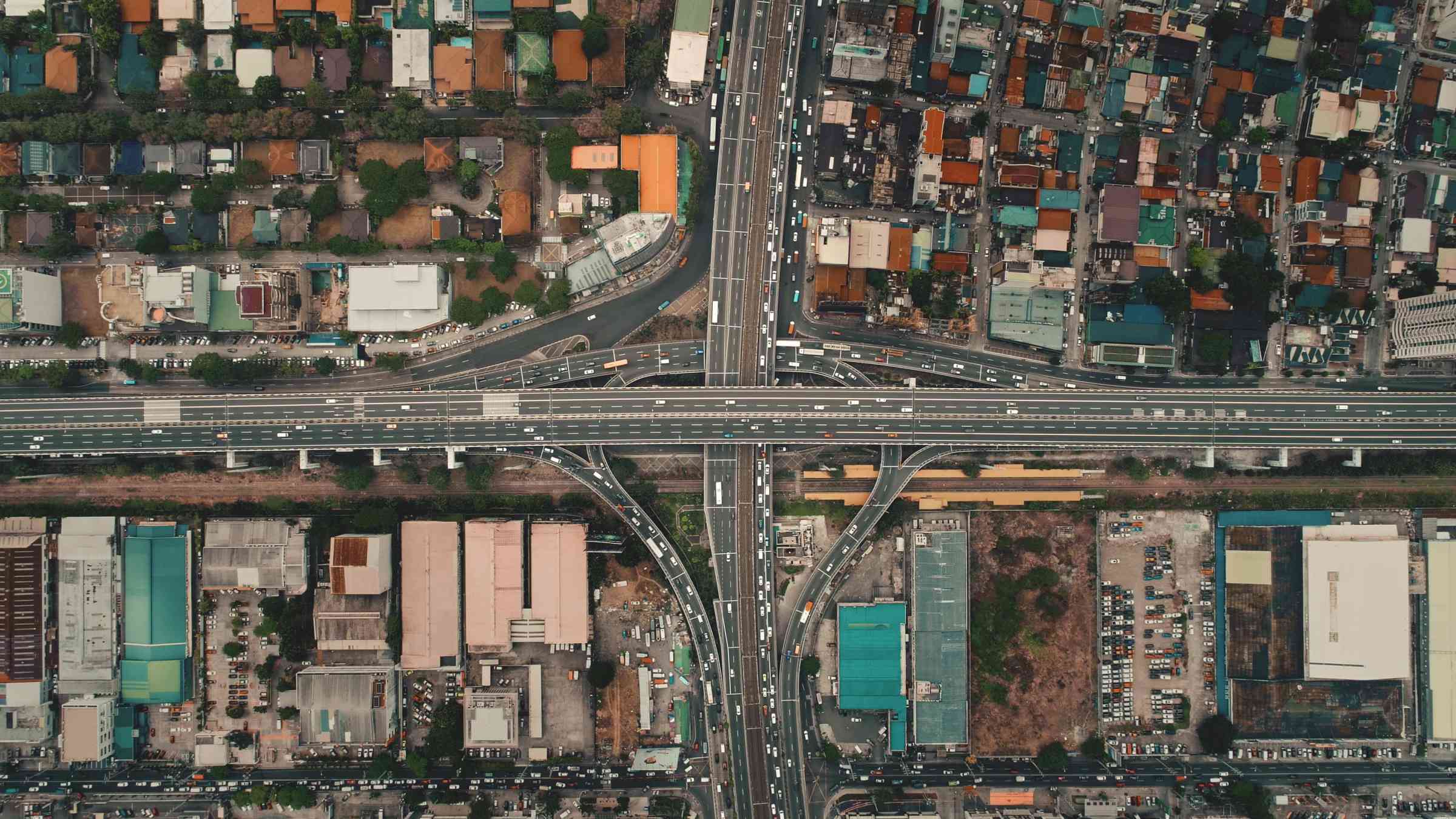Allocating Budget Resources for Preventive Investments and Disaster Response
Countries in Asia and the Pacific are particularly prone to disasters and are disproportionately affected compared to other regions. This is owing to climate change, the region’s prevalent seismic hazards, coastal exposure, substantial population base, and other socio-economic factors. This increases not only the preventive investment costs but also the response costs, raising the fiscal burden on budgets. The region urgently needs to increase investments in prevention to reduce the fiscal loss to a manageable level and reduce human, economic, and social losses.
Most methods for estimating contingent liabilities are based on a static risk approach that does not consider the dynamic nature of existing disaster risks. This means that while the risk from climate change and social factors increases exponentially, our risk reduction efforts increase linearly over time. This can lead to a growing fiscal gap, a bill that governments are unable to pay.
Considering that many countries, especially Least Developed Countries (LDCs), have narrow fiscal space, it is necessary to develop appropriate instruments to optimize the use of available budgetary resources for disaster response costs and preventive investments without hindering sustainable development.

